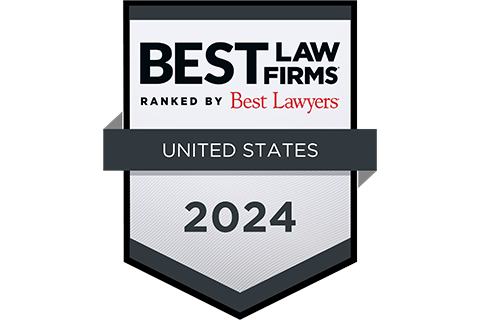Northern District of California Issues New Guidelines and Model Order on E-Discovery
On November 27, 2012, the Northern District of California issued new Guidelines, a Checklist, and a Model Order regarding e-discovery and electronically stored information (ESI). The Guidelines were developed by a bench-bar committee chaired by Magistrate Judge Elizabeth D. Laporte and have been unanimously approved by the entire court.
The court encouraged counsel and litigants to familiarize themselves with the new Guidelines “immediately,” and counsel must include the information discussed in the Guidelines in all Case Management Statements going forward.
Above all, the new Guidelines emphasize cooperation between counsel in crafting an ESI plan for each case. See Guidelines 1.02, 2.03, and Model Order. The Guidelines also envision some innovative procedures to streamline ESI, such as:
Proportionality of ESI
The goal of the Guidelines is to promote reasonable discovery while “limiting the cost, burden, and time spent.” Guideline 1.01. The Guidelines thus emphasize that ESI plans should reflect the proportionality concepts embodied in Federal Rules of Civil Procedure 26(b)(2)(C) and 26(g)(1)(B)(iii), both of which generally refer to the expense and burden of discovery in relation to the needs of the case, the parties’ resources, prior discovery in the case, the amount in controversy, and the importance of the issues. Guideline 1.03.
Phased Production
The Guidelines also envision rolling ESI productions in which the parties agree on the locations and custodians most likely to have relevant information. Guideline 2.02(d). This allows parties to reduce costs and burden by postponing searching and producing ESI from sources that are unlikely to contain relevant information.
ESI Liaisons
One interesting aspect of the Guidelines is the creation of “ESI Liaisons.” The Guidelines indicate that, in most cases, each party should designate a liaison who is knowledgeable both about the technical aspects of ESI and about the particular systems used by the party. Guidelines 2.05. The liaison must be “prepared to participate in e-discovery dispute resolution to limit the need for court intervention.” Guideline 2.05(a).
New Rule 26(f) Requirements
Finally, counsel are now required to discuss issues listed in the court’s extensive ESI Checklist during their initial Rule 26(f) meet and confer. Among other things, counsel must discuss:
· Preservation of ESI, including date ranges, names of custodians, data that a party believes need not be preserved, and the need to halt document destruction programs;
· Types of ESI Systems, including descriptions of ESI systems, prioritization of systems most likely to contain relevant information, and how ESI will be collected;
· Production of ESI, including formats and the inclusion of metadata; and
· Protecting Privileged Materials, including how inadvertently produced materials will be handled.
The Guidelines take immediate effect and thus apparently apply to any case in the Northern District that has not yet reached the Rule 26(f) conference phase. The court has also provided a Model ESI Order that includes each of the issues discussed in the Guidelines and Checklist.

